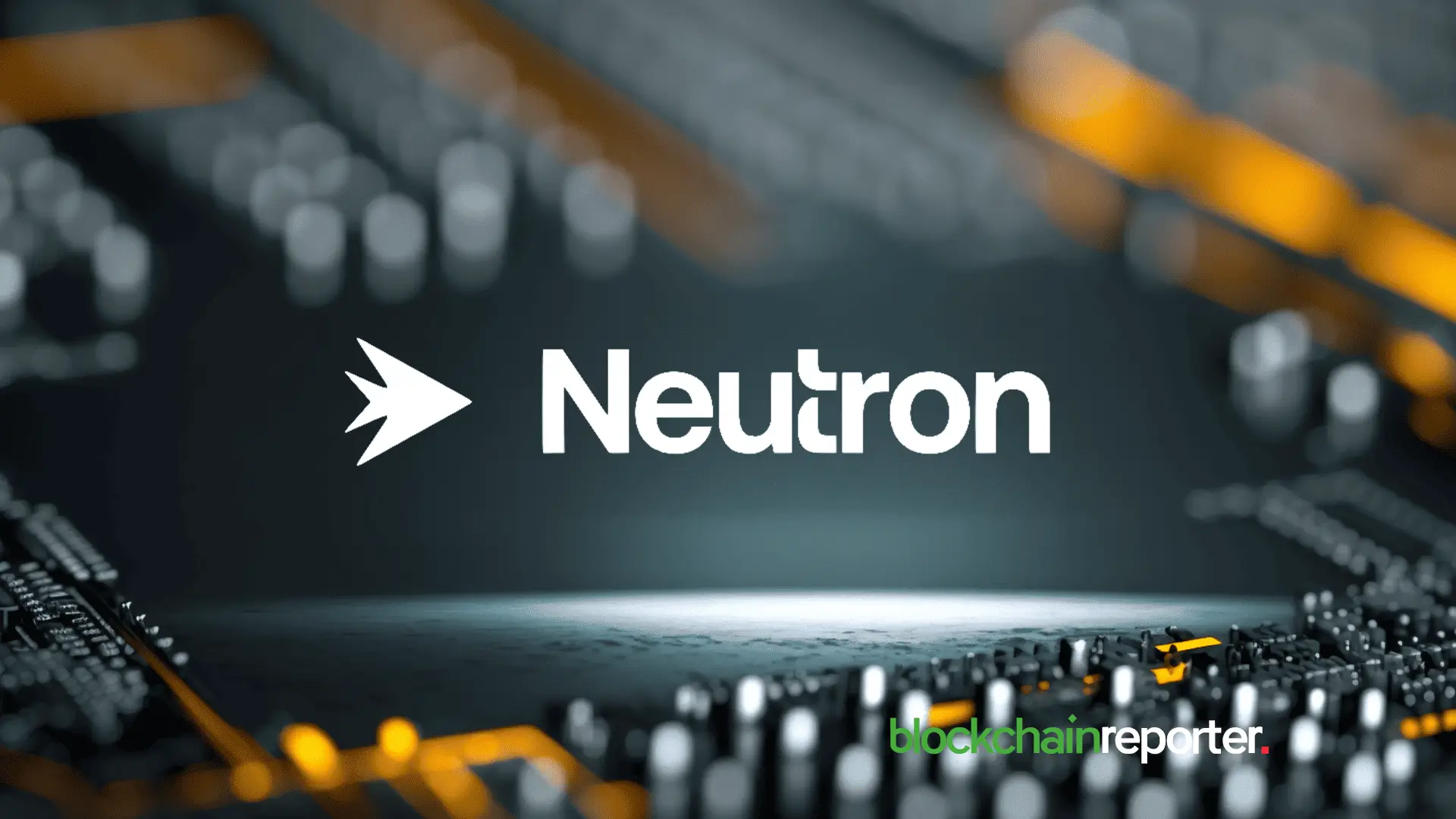Key points
-
Beijing doubles down on tech self-reliance: China’s latest plenum reaffirmed plans to build a stronger industrial base through AI, semiconductors, aerospace, and clean energy.
-
Rally already priced in: Tech stocks have surged on policy optimism, but valuations are no longer cheap and earnings now need to deliver.
-
Selective opportunities: Investors should focus on quality tech names with solid profits and policy tailwinds rather than chasing short-term rallies.
China’s fourth plenum set the stage for its next five-year development plan (2026–2030), laying out an ambitious agenda to transform the economy into a modern industrial powerhouse. The key message: technology and manufacturing are the new backbone.
The plan calls for breakthroughs in core technologies—from semiconductors and AI to quantum computing, new materials, aerospace, and clean energy. The National Development and Reform Commission (NDRC) labeled this drive as “essential for modernization,” echoing President Xi Jinping’s call for “high-level self-reliance” and “fine and efficient” growth in science and technology.
At the same time, policymakers pledged to boost consumption, unify the domestic market, and address structural inefficiencies. Together, these measures signal a shift toward policy-led innovation and self-sustained growth, a clear response to ongoing global trade tensions and tech restrictions and a desire for greater economic independence.
Does this propel tech stocks further?
The announcements initially lifted sentiment, with both the Mainland and Hong Kong indices rallying on renewed optimism. However, valuation is fast becoming a headwind.
The Hang Seng Tech Index now trades at a forward P/E in the low 20s — close to its five-year average of 23x. While that still trails the Nasdaq 100’s 31x, individual chipmakers tell a different story: Hua Hong trades above 100x forward earnings and SMIC around 80x, compared with Intel’s ~65x and Nvidia’s ~30x.
The rally has been powerful— with Hang Seng Tech Index up 35% YTD, outpacing the Nasdaq 100’s 19% gains, but earnings have not kept pace. Most gains have come from offshore tech listings, while onshore A-shares remain flat, highlighting that the recovery is uneven and sentiment-driven rather than broad-based. Bloomberg consensus sees a 25% EPS decline for Hang Seng Tech in 2025, followed by a 44% rebound in 2026.
In this context, policy optimism may already be priced in, leaving the next phase dependent on earnings delivery—particularly from domestic chipmakers, automation firms, and AI infrastructure players capable of turning policy momentum into profits.
Balancing policy goals and shareholder returns
China’s tech leaders are increasingly aligning their business strategies with national priorities, particularly under the government’s “AI Plus” initiative, launched by Premier Li Qiang in 2024. The program aims to embed artificial intelligence across all sectors of the economy, from manufacturing to public services, to drive productivity and technological self-sufficiency.
While this top-down approach could support long-term economic transformation, it also means that private-sector tech platforms are prioritising nation-building over near-term profitability. Many companies are diverting capital toward government-backed AI projects and infrastructure rather than maximising shareholder returns.
In effect, the rollout of “AI Plus” is being co-financed by the shareholders of China’s largest tech firms, who may need to wait until these investments yield commercial value or until more profitable export markets open up. This trade-off underlines a broader theme in China’s market structure — policy alignment often takes precedence over profit optimisation in the short term.
How to position
-
Core holdings: Exposure within profitable, cash-generative technology leaders remains an anchor point for many investors tracking the sector. Companies showing margin recovery, buybacks, and improving cloud or advertising activity continue to reflect underlying resilience. Broader China internet ETFs can provide diversified exposure, allowing participation in this trend while reducing single-name concentration.
-
Satellite plays: Policy-linked industries such as AI hardware, semiconductor equipment, industrial robotics, and new-energy infrastructure remain areas of focus. However, earnings quality and order visibility will likely be key differentiators. Markets appear to reward companies with tangible revenue growth and expanding margins rather than purely thematic exposure.
-
Discipline: Given ongoing U.S.–China trade uncertainties and sluggish domestic China macro trends, maintaining a disciplined approach to risk management and diversification remains essential.
For investors tracking the sector, Saxo’s China AI Shortlist highlights key stocks and ETFs positioned across the AI, semiconductor, and automation value chains.
Key risks to monitor
-
Earnings disappointment: Elevated valuations in certain sub-sectors leave limited room for error if profit expectations fall short.
-
Policy execution risk: Delays in fiscal support or uneven implementation could dampen investor confidence.
-
Geopolitical volatility: Renewed U.S.–China tensions or new technology export restrictions may weigh on sentiment.
-
Macro headwinds: A slower recovery in domestic consumption or credit conditions could limit upside in growth-sensitive names.
Bottom line
China’s policy commitment to technology leadership is clear—but so is the market’s rerating. The next leg of the rally will depend less on policy promises and more on profit proofs.
Read the original analysis: China’s push for tech self-reliance: Policy tailwinds vs valuation headwinds
Source: https://www.fxstreet.com/news/chinas-push-for-tech-self-reliance-policy-tailwinds-vs-valuation-headwinds-202510240657


